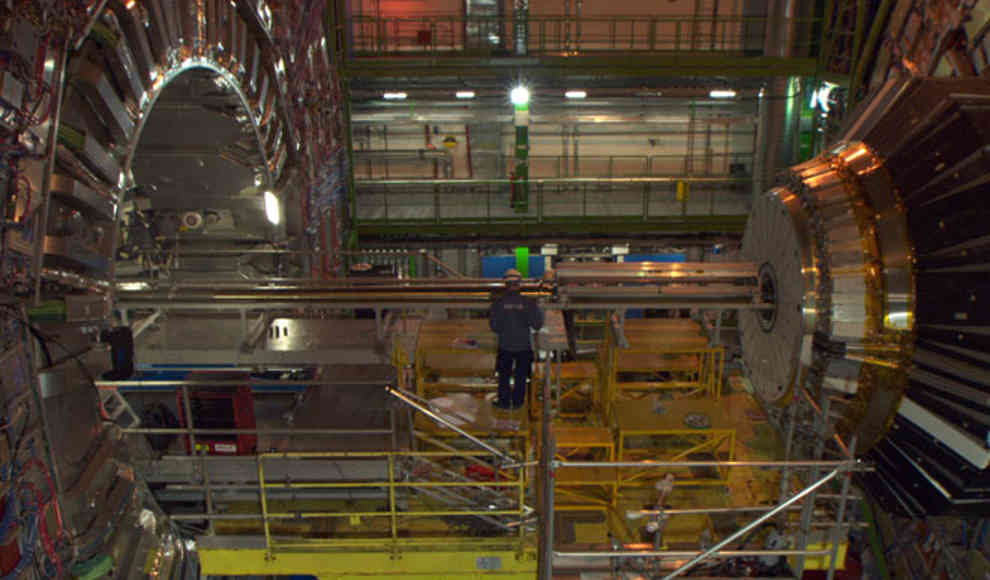In a groundbreaking discovery, physicists at CERN in Geneva have reported that the elusive elastic collision of photons may soon be observed. Until now, it has never been directly observed that two light particles actually collide and then separate again. Photons are solitary particles that have no mass and cannot influence each other. However, under certain conditions, photons can interact with each other through a quantum process. Theoretically, when two photons collide, an elastic collision can occur, causing the light particles to bounce off each other like billiard balls. This process has never been observed before, but a new analysis by Mariola Klusek-Gawenda and her colleagues shows that these photon collisions are possible in the Large Hadron Collider (LHC) at CERN and can be detected in the future.
The researchers calculated the paths of particles that are created when lead nuclei collide in the LHC. The electric charges in the lead nuclei often lead to the formation of photons, and if this process occurs in two nuclei flying close to each other, they could collide. Although the probability of such events is very rare, it is not impossible. The photons produced in this collision could be detected by a large detector in the accelerator, and filtered out from the mass of events. Klusek-Gawenda is confident that this collision can be observed and proven to be real, possibly as early as next year. If successful, this would be a significant breakthrough for physics, and previously unknown quantum processes could be revealed.
This discovery challenges the previous belief that such a collision was impossible, even with an extremely strong light source. The possibility of observing this collision opens up new avenues for research and could lead to a better understanding of the fundamental nature of light and the universe. The potential implications of this discovery are vast, and it will be exciting to see what new discoveries and breakthroughs will emerge from this research.










